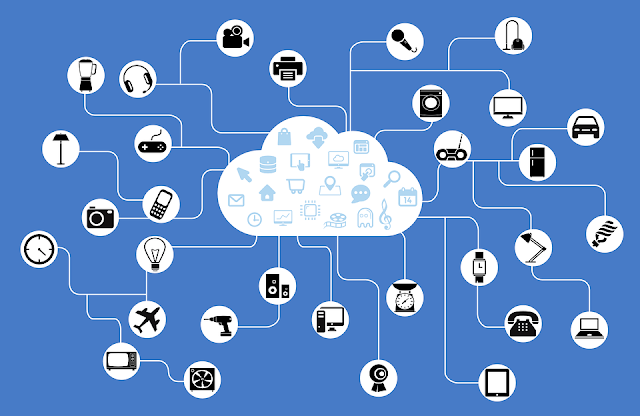Microsoft recently issued its Digital Defense Report 2023, which offers important insights into the state of cyber threats today and suggests ways to improve defenses against digital attacks. These five key insights illuminate the opportunities and difficulties in the field of cybersecurity and are drawn from the report.
- Ransomware Emerges as a Pervasive Threat: The report highlights the escalating menace of ransomware attacks, which have become more sophisticated and targeted. The prevalence of these attacks underscores the importance of robust cybersecurity measures. As Microsoft notes, "Defending against ransomware requires a multi-layered approach that includes advanced threat protection, regular data backups, and user education."
- Supply Chain Vulnerabilities Demand Attention: The digital defense landscape is interconnected, and supply chain vulnerabilities pose a significant risk. The report emphasizes the need for organizations to scrutinize their supply chains for potential weaknesses. Microsoft advises, "Organizations should conduct thorough risk assessments of their supply chains and implement measures such as secure coding practices and software integrity verification."
- Zero Trust Architecture Gains Prominence: Zero Trust, a security framework that assumes no trust, even within an organization's network, is gaining momentum. The report encourages the adoption of Zero Trust Architecture to bolster defenses against evolving cyber threats. "Implementing Zero Trust principles helps organizations build a more resilient security posture by continuously verifying the identity and security posture of devices, users, and applications," Microsoft suggests
- AI and Machine Learning Enhance Threat Detection: Leveraging artificial intelligence (AI) and machine learning (ML) is crucial in the fight against cyber threats. The report underscores the effectiveness of these technologies in identifying and mitigating potential risks. Microsoft recommends organizations "leverage AI and ML capabilities to enhance threat detection, response, and recovery efforts."
- Employee Training as a Cybersecurity Imperative: Human error remains a significant factor in cyber incidents. The report stresses the importance of continuous employee training to bolster the human element of cybersecurity. Microsoft asserts, "Investing in comprehensive cybersecurity awareness programs can empower employees to recognize and respond effectively to potential threats."











